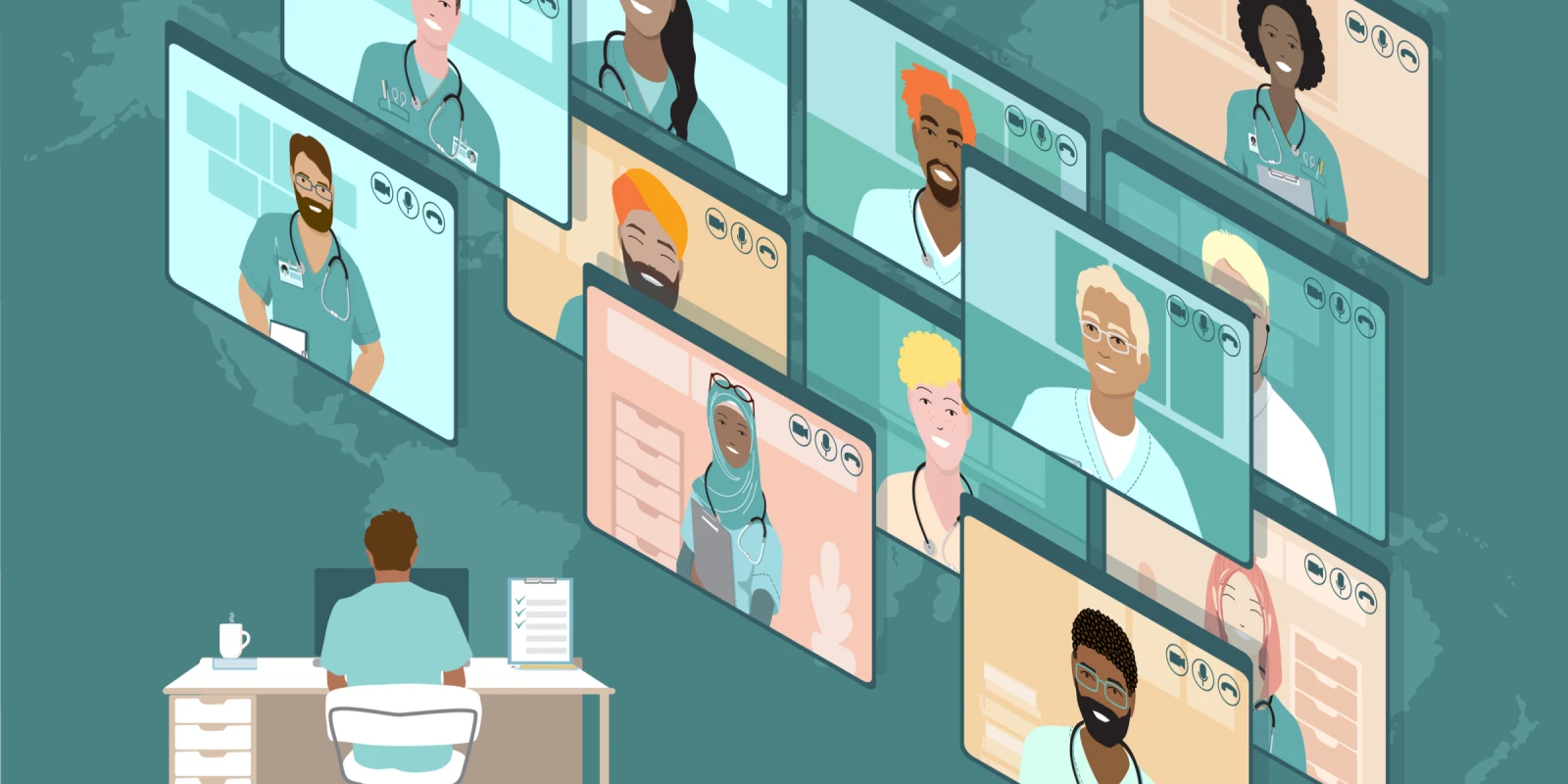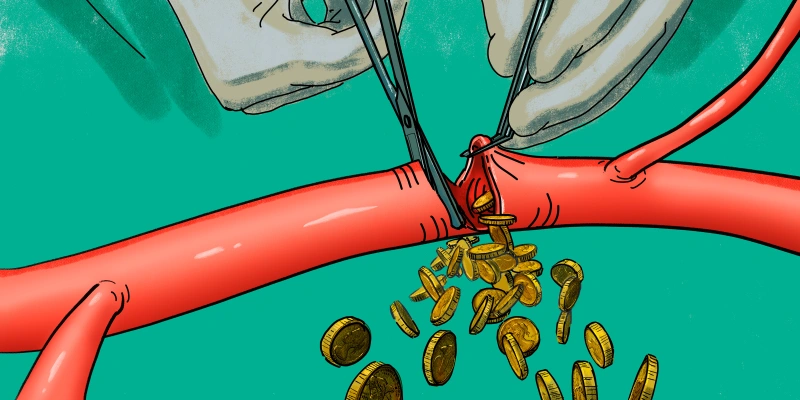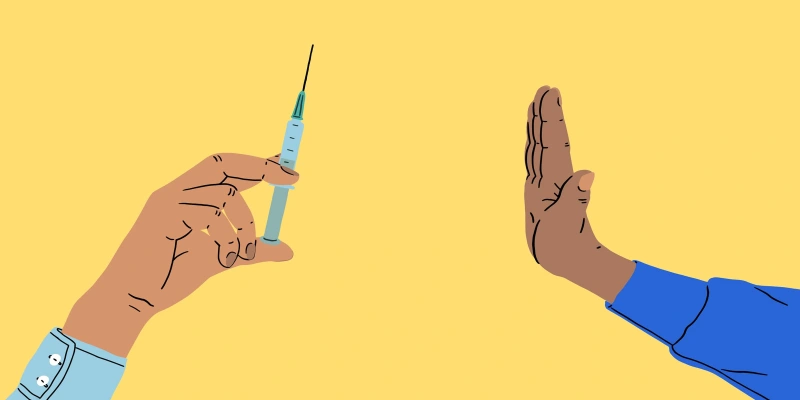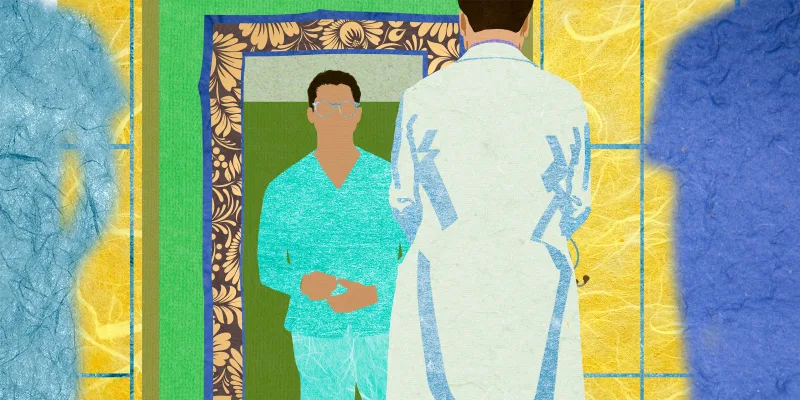“I spoke with a diabetes clinician-researcher from Switzerland, and he wants to meet with you; he’ll be visiting campus the week of June 7.”
I replied to my colleague, “I’m happy to meet them, but I’ll be attending a conference that week.”
“He’ll actually be there, too.”
That was two years ago, the last American Diabetes Association’s Scientific Sessions I attended, where I had to travel further than my home office. Serendipitously, I found myself meeting with Dr. Christoph Stettler from Bern, and we had a wide-ranging, enjoyable conversation, which we had been unable to arrange online previously due to a nine-hour time difference.
For all of our connectedness digitally, we have a gap in that human dimension. I just completed attending the 81st Scientific Sessions. As with so much else in this era of COVID-19, using the word “attending” feels somehow incomplete — it doesn’t quite capture the meaning as we’ve grown used to and widely understand it.
Instead of boarding a plane and passing the time in an airport terminal, I walked into my home office and clicked on the meeting link. Instead of gathering with, or serendipitously running into, friends and colleagues from all over, I greeted just a small number in a breakout room. Instead of weighing whether to go to the snack line at the convention center or take a slightly longer walk to a nearby restaurant, I just strode to the fridge around the corner of my “venue.”
Yet, for all of the ease of being able to replay or catch a session that had run at 5:00 p.m. my time, something was missing. I missed the face-to-face interaction.
This is the second consecutive year that this meeting, like so many others, went virtual. Hats off to all of the ADA’s staff, and my colleagues, who once again seamlessly organized, recorded, and distributed over 800 presentations over the course of four-and-a-half days. Proof positive that we humans are highly adaptable.
Since we’ve all adjusted to this world, I’d like to take an optimistic tack and not focus on what we can do better for the next virtual meeting as next year — I hope — we’ll resume in-person meetings.
The Human Element — Gathering
From catching up to question-and-answer sessions to networking, it’s clear that nothing can take the place of real-time, in-person, face-to-face interaction. Plus, there’s the fun of hearing the questions and give-and-take in front of the posters!
This is a significant part of the draw of non-virtual conferences. To me, it’s well worth the investment of time, money, not to mention the jet lag.
I had the enjoyable privilege this year of chairing a Professional Interest Group Discussion for the Clinical Centers and Programs group. Immediately after, we held our Professional Interest Group Networking Session. I’d decided we should try something. Over the past year, some presentations at UCSD featured breakout rooms, and thought, “Why not try the same to shrink the size of the room and allow smaller groups of people to interact?” Each of my leadership team colleagues hosted one session: continuous glucose monitors (CGM) started in the hospital, and the transition to their use when patients returned home, multidisciplinary diabetes care teams, strategies to help with barriers in starting injectable medications, and a listening session for emerging leaders.
I admit to wondering fleetingly, “I hope we’re not in the rooms by ourselves!” Fortunately, we had enthusiastic health care professionals, and the comment I heard repeatedly was about how they felt the rooms facilitated interaction.
Let’s keep this when we transition back.
A Bit More Live — Questions and Answers
Q & A tend to be all too brief sometimes — the ratio of questioners awaiting their chance at the microphone is often much greater than the time remaining. Not to mention the occasional session where the chair has to suspend questions entirely, “because we’re running out of time, and we have to clear out for the next symposium.” No such issues the past two years!
There were tweaks from last year. New were live Q & A sessions at the end of selected talks. These sections allowed us to see and hear the presenters interact with the session chairs and, at times, take queries from the chatbox.
Questions may have been missed, and some presenters joined the live sessions a bit late at times, hampered by technical or scheduling difficulties, but from the talks I attended, all went smoothly overall.
Just as a great study leaves more questions unanswered than answered, so, too, we must encourage opportunities for dialogue. We are seeing more of this, even post-conference, with recap events, a Scientific Sessions Abstract Review on July 21, and a Recap on CVD and CKD on July 27, both at 3 p.m. EST.
Engaging
This conference featured more ways to encourage participation. Beyond the traditional (virtual) 5K, there was a Daily Mystery Diagnosis and a five-minute wellness break. A leaderboard kept track of how often and to what extent attendees engaged with sessions, industry exhibits, and the like.
So, where do we go from here? We must be mindful of — and further expand opportunities to — interacting in person and exchanging ideas, whether among old friends, colleagues, or new acquaintances. There’s something ineffable about meeting in person and being a part of something larger than yourself. Let’s continue to find new ways to balance the pluses of both digital and face-to-face connections!
Dr. Chao has no conflicts of interest to report
Image by Tasha Art / Shutterstock







